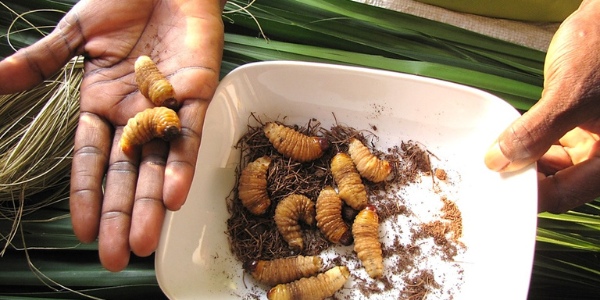Under climate change, good things come to bugs who wait
The past decade was the hottest on record, according to NASA scientists, and while humans can adjust air conditioners and don shorts and tank tops, it is hard to predict how cold-blooded animals—whose body temperature and metabolism respond directly to temperature change—will handle the heat. In their research, recently published in the journal Ecology, Michigan State University integrative biologist Phoebe Zarnetske and Ph.D. student Laura Twardochleb provide insight into the fate of these animals under climate change.
“Our prior work suggests that some species, especially top consumers like predators, may be more sensitive to changes in climate,” said Zarnetske, associate professor in the Department of Integrative Biology in the MSU College of Natural Science (NatSci). “Through their interactions with other species, these top consumers could act as biotic multipliers of climate change.”
[NOTE: The video clip above captures a damselfly perched on aquatic plants in the lab as it sits and waits for Daphnia (a crustacean zooplankton) to swim by before extending its reptilian-like jaw to capture its prey. Courtesy the Zarnetske lab.]
Twardochleb, who received an M.S. in aquatic and fishery sciences from the University of Washington prior to coming to MSU, was interested in finding a way to predict which species were more likely to go extinct under climate change.
“Phoebe proposed we use traits of species that are responsive to temperature, and I wanted to use traits that hadn’t been looked at before that were also ubiquitous,” said Twardochleb, a doctoral candidate in the MSU Department of Fisheries and Wildlife, who is pursuing a dual degree in Ecology, Evolution, and Behavior Program.
Foraging behavior is one such common trait. The two scientists hypothesized that active predator species, sharks for example, would experience an increase in metabolism and hunger and need to seek out and eat more prey. But sit-and-wait predators, like snakes, would starve as their hunger increased and their ability to catch more prey did not.



